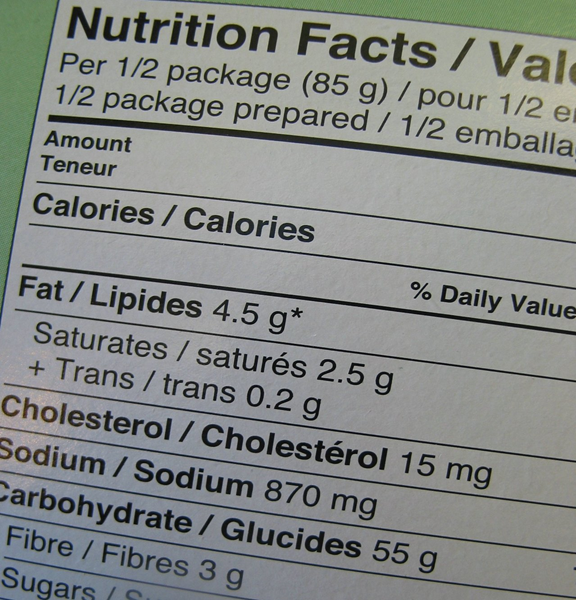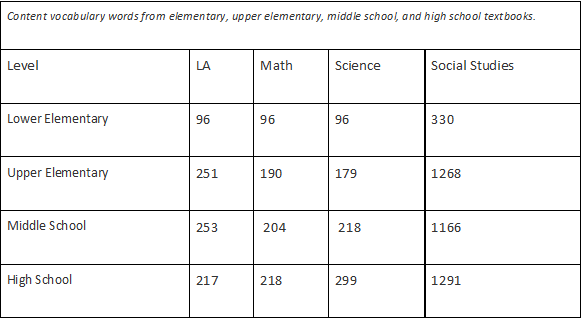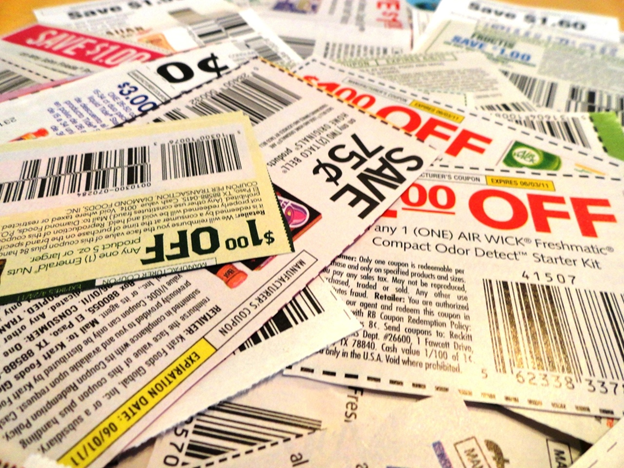5 Key ESL Strategies that translate to success for all learners
When in Doubt, Be Authentic
An old proverb says that “Imitation is the sincerest form of flattery.” As a longtime teacher I know the value of copying/borrowing/stealing from every great teacher I meet. Not everything I try works for me or is compatible with my teaching style, but I have found that it is a way to keep improving and evolving my best practices for all learners. Teachers are always looking to add more “tools” to their personal toolbox! English Language Learners (ELL’s) have their own unique needs but they also have commonalities. Content- based ESL strategies and using authentic sources and Realia can “translate” (I couldn’t help myself!) to success for native English speakers as well.
Content-Based ESL Strategies
ESL teachers recognize that reading and writing cannot be taught in isolation. ELL’s enter school at all ages and are instantly immersed in English as they navigate through the curriculum. As a result, ESL instruction emphasizes context-embedded experiences which can lead to improved comprehension skills in all students. Providing the background knowledge of each class’s unique vocabulary is the roadmap to help the students navigate the terrain.

Authentic Reading Sources and Realia
ESL programs stress the use of authentic texts whenever possible because they provide real-life examples of language used in everyday situations. The definition of realia is “objects and materials from everyday life used as teaching aids.” Both reinforce language acquisition skills and help provide the framework when learning a new language, and both can also improve comprehension in all groups and levels of students. Think of them as the key to the map and the compass to guide you! Here are 10 Fun Ways to Use Realia.

Using ESL Strategies in Science
ESL strategies for defining scientific terms include using picture glossaries and structural analysis to determine the meaning of words. Science vocabulary provides an authentic use of learning word structures–root words, prefixes, and suffixes. Knowing what the parts mean help readers determine the meaning of unknown terms in context. Direct instruction of the structures help students ascertain the meanings of the word parts used in scientific terminology. A Science Word Wall is a fun activity that combines the picture glossary with the study of the roots, prefixes, and suffixes. For the Word Wall, the students find visual representations to post in the classroom. For example, “geo” would go on a picture of the earth, a picture of a light bulb would have the root “photo” on it, and a picture of a plant and an animal would have the root “bio.” Learning these roots explicitly will help a student who encounters the word “photobiotic” determine that it is describing life that needs light to live.
Realia in Science
Food packaging and labels provide nutritional information. This can also lead to discussions of GMA’s, organic food, and food additives. Weather reports are also a great resource to discuss precipitation, humidity, wind, etc. It can also lead to discussions on climate change. Don’t be afraid to bring in news articles and other real-world mentions of the science you’re already covering!

Using ESL Strategies in Social Studies
Of all the content classes, Social Studies is the most vocabulary heavy. This 2018 study from Hannah Chai and V. Lee Welz from Wright State University shows the disparity in the amount of vocabulary words in Social Studies classes. While the other subjects have about 200-300 domain-specific words in a high school class, a social studies class has almost 1300 (Table 1).

Table 1
That’s over 4 times as many! An ESL strategy to use with all students is: Don’t assume. What that means is: For example, you could assume that everyone has heard of George Washington and know that he was the first president of the United States. But, unless you have specifically taught the students about George Washington, you don’t KNOW that everyone knows that. It is better to provide too much background knowledge than not enough.

Realia in Social Studies
ESL strategies promote the use of realia and other non textbook materials rather than relying only on the written word. Use visual aids–maps, globes, timelines, and other artifacts to illustrate concepts. Graphic organizers such as flow charts can illustrate cause and effect and Venn Diagrams can be used to compare and contrast. Travel brochures could be used when learning about geographic locations.
Using ESL Strategies in Math
Math is like a foreign language. It has its own syntax, and if you don’t speak the language, it is difficult to have success. ELL’s need direct instruction in the “language” of mathematics. Operation clue words should be explicitly taught. Students need to know that they can determine HOW to solve a math word problem if they see these words. For example, if you see “sum” or “altogether” you add. If you see “difference” or “less” you subtract. Here is a Clues Word Handout. This could be further expanded into a writing assignment where students create their own word problems using the clue words. This could be a small group activity where the groups create problems and challenge the other groups to solve them.

Realia in Math
Use realia such as take-out menus and grocery store ads to construct math problems. Both can easily be accessed online for remote learning. Coupons and online discount codes can be used to determine prices of items. Plus sales tax will need to be paid as well!
Tips for All Classes
Rather than always orally giving instructions, alternate with tasks that require students to read the directions. Before giving to the students, be sure to read it as though you are the student: Is it clear? Are unknown words defined? You quickly learn when you haven’t done this by the responses you get back from the students! When assigning a text or passage to the students, provide a PAT List. PAT stands for “pay attention to”. The list provides the student with a list of what to look for and will help them identify the desired information.
As you can see, a best practice for an ELL student can be a best practice for all students. If you want to explore more ESL activities to see what can be added to your toolkit, check out this Read Theory article by Mandy Wade: Planning for ESL Learners: 38 ways to bring fun to any classroom. One lesson I have “imitated” is the direct instruction in writing informal emails. During remote learning, this became very obvious that my students needed explicit instruction on how to write an email. i.e., It is NOT the same as a text message. There are 37 more activities to explore and make your own.



